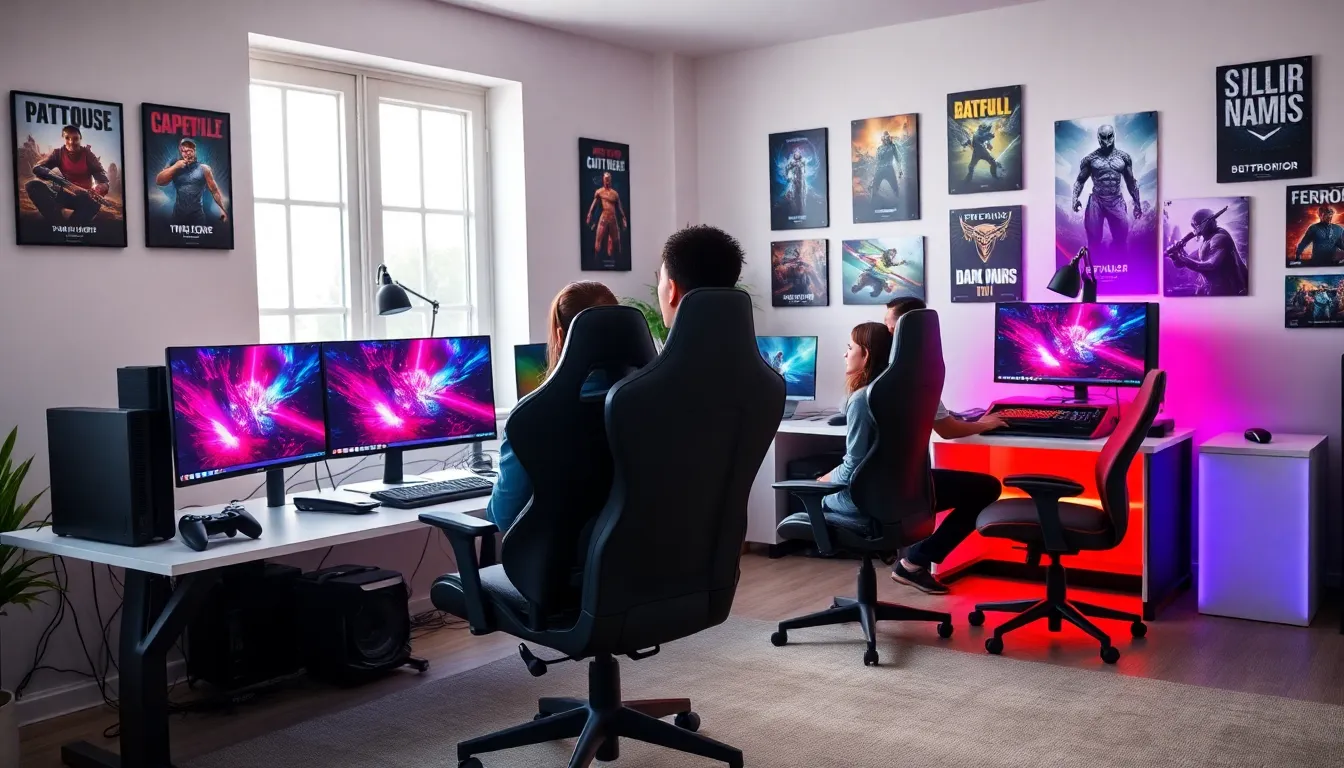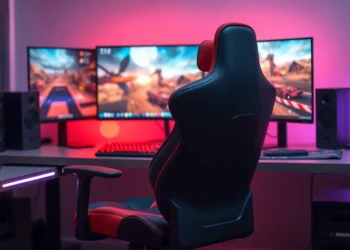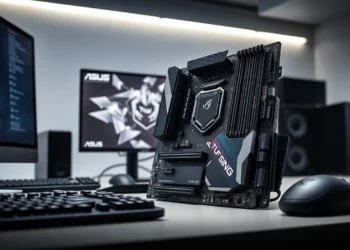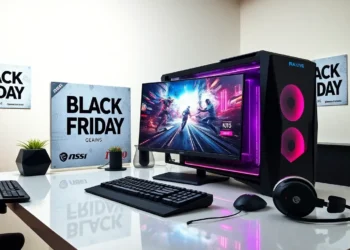Have you ever wondered if that shiny new gaming console or high-performance PC is being held back by your internet speed? Picture this: you’re in the middle of an epic battle, your reflexes are spot on, and then, bam, lag hits harder than a surprise boss fight. So, is 100 Mbps fast enough for gaming? Let’s jump into the nitty-gritty of internet speeds, gaming requirements, and whether that magical 100 Mbps number can keep your game on point like a pro.
Understanding Internet Speed

What Consists of Internet Speed?
Internet speed isn’t just a number you see on fancy ads. It’s a blend of various elements that work together to deliver seamless online experiences. Essentially, internet speed measures how fast data travels from servers to your device. This includes both download speeds, which dictate how quickly you receive data, and upload speeds, which determine how fast you can send data.
In a gaming context, those numbers can mean the difference between dominating your opponents and having your character lagging like a turtle running a marathon.
Importance of Download and Upload Speeds
Download speed is crucial when you’re fetching game updates, streaming your gameplay, or downloading new titles. Meanwhile, upload speed matters when you’re sharing your glorious gaming moments on social media or streaming live content on platforms like Twitch. For gaming, reliable download speeds can often steal the spotlight, but don’t underestimate upload speeds, especially for those who livestream or game with friends online.
Factors That Affect Gaming Performance
Latency vs. Bandwidth
While many people think bandwidth (the maximum amount of data your connection can handle at one time) is the knight in shining armor, latency is more like the unexpected dragon hiding around the corner. Latency refers to the delay before data starts transferring, which is measured in milliseconds. A lower latency means smoother gameplay, while high latency can result in annoying lags.
In gaming scenarios, an ideal situation is low latency combined with sufficient bandwidth to support multiple devices and activities without compromising performance.
How Different Games Use Bandwidth
Not all games are created equal. Some demanding games, like MMOs or first-person shooters, require more bandwidth, sometimes needing up to 10 Mbps or higher during peak gameplay. Conversely, simpler games may chug along happily with much less. That’s why understanding what kind of games a player enjoys can impact their need for higher speeds. A casual mobile game won’t weigh down a connection like a highly competitive FPS will.
Is 100 Mbps Sufficient for Various Gaming Scenarios?
Casual Gaming vs. Competitive Gaming
When browsing the gaming landscape, it’s clear that casual gamers and competitive gamers have different demands. For casual gaming, think puzzle games, mobile apps, or low-intensity online interactions, 100 Mbps is undoubtedly more than enough.
But, competitive gamers, who rely on split-second precision in gameplay, might require more than just the magic number. A stable and even lower latency connection could far outweigh the sheer speed offered by 100 Mbps in ensuring a seamless process.
Streaming and Gaming
Let’s not forget about streaming. Pairing gaming with live streaming or sharing gameplay online consumes additional bandwidth. For instance, streaming your gameplay while simultaneously playing can sap another 3-5 Mbps. Hence, for regular streamers, 100 Mbps might feel like a tight squeeze if multiple devices are online at the same time.
How to Test Your Internet Speed
Interpreting Your Speed Test Results
Want to know if you can game at your best? Start with a speed test. Numerous platforms like Speedtest.net or Fast.com can reveal exactly how much bandwidth you are working with. Ideally, you want your tested download speed to match or exceed your plan’s advertised speeds. Sometimes, factors like peak usage hours could lower results, causing a dip in performance.
Troubleshooting Slow Connections
If your speed test reveals results lower than expected, it’s time to troubleshoot. Factors like device congestion, faulty wiring, or challenges from your internet service provider could be to blame. Restarting your router, limiting the number of connected devices, or checking for firmware updates can provide quick fixes.








